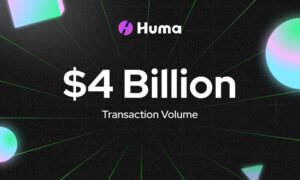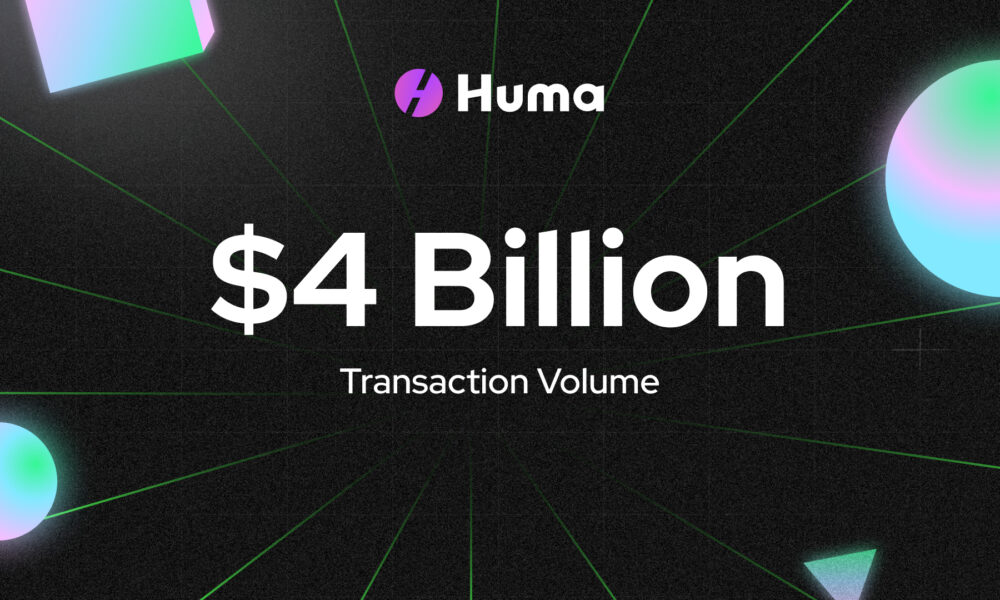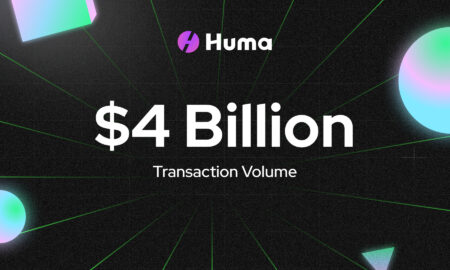The problem of online fraud is getting worse. According to recent data, the amount of transaction fraud losses grew from $17.5 billion in 2020 to an estimated $50 billion in 2023, and the issue is showing no signs of dissipating.
Affecting both small and large online businesses, this threat has evolved exponentially over the last few decades, with new AI and ML-based tech making it easier than ever for attackers to target a company and execute sophisticated fraud schemes at scale. So what exactly is payment fraud, and if you’re running an online business in 2025, what are the signs that you should look out for?
Payment Fraud: Explained
Put simply, Payment fraud is the unauthorized manipulation of payment processes to illegally receive, spend, or transfer money according to datadome . It involves numerous deceptive practices – including credit card fraud, phishing, ATO, synthetic identity fraud, and chargeback fraud – designed to manipulate or exploit vulnerabilities in payment systems and ultimately con a business into losing revenue.
Looking specifically at phishing, this is perhaps the most common strategy for attackers in 2025, accounting for around 44% of all data breaches. One of the ways attackers achieve this is by faking invoices and payment requests, impersonating trusted vendors, suppliers, or partners to appear legitimate and trick businesses into making false payments.
ATO is also becoming increasingly more common. This is a type of fraud where attackers gain unauthorised access to a legitimate user’s account, and utilise it to make unauthorised purchases, transfer funds, or steal sensitive data. Fueled by advancements in automation, AI, and the widespread availability of stolen credentials on the dark web, more and more businesses are being targeted every year, with the ATO attack rate increasing by 24% in 2024.
As mentioned before, the problem is only getting worse, which is why it has become more important than ever for businesses to know the signs of payment fraud and eradicate the threat. With this in mind, we’ve listed out five of the most significant signs and what your business can do if you spot them:
- Strange Transaction Patterns
One of the many signs of incoming payment fraud are unusual transaction patterns – a sudden spike in high-value transactions or multiple small-value transactions from the same user. This often happens when fraudsters are trying to extract as much value from a stolen card or account as possible.
- Suspicious Information
Although cross-border payments are becoming more popular, another sign that you’ve been targeted by payment fraudsters is when there are discrepancies between a billing and shipping address, mismatched IP geolocation, or inconsistent device usage – for instance, a user logs in from one country, but makes a purchase from another. One way to get around this is by requiring additional verification for transactions with suspicious details, such as confirmation via email or text.
- Failed Payment Attempts
Fraudsters aren’t always subtle. Another sign for your business to look out for is a high volume of failed login or payment attempts, which indicate credential stuffing or card testing by bots. In this instance, CAPTCHA or multi-factor authentication can be helpful to quickly recognise a human user from a bot, and you should be monitoring your system constantly for unusual activity.
- High Chargeback Rate
Customer correspondence can also be a good indication of fraud. If you’ve had a significant increase in chargebacks, where customers are disputing transactions, claiming unauthorised payments or unreceived goods, then it could be because the transactions themselves were fraudulent. To prevent this, it’s important to set up address verification systems and card verification values for all payments, along with clear and accurate records of transactions and shipping confirmations.
- ‘Urgent’ Emails
As mentioned before, phishing is still one of the most common forms of payment fraud, which is why it’s important to train all staff on how to spot an authentic email from an unauthentic one. Messages or spam emails claiming urgent payment requests, for instance, are often red flags, especially if the email addresses look legitimate, but are slightly altered on closer inspection.
Protecting Your Business From Payment Fraud
These are just a few signs that you should be looking out for, but it’s also important to protect your business from payment fraud before it becomes an issue. Whether you’re a small or large company, you should be using encryption, tokenisation, and secure payment gateways to protect transaction data, and you should also be employing advanced analytics to detect unusual patterns.
Across the board, every employee should be able to recognise and prevent fraudulent activity, with regular training sessions and updates on the latest fraud tactics to improve your security posture.
As well as this, you should be staying informed on all the latest cybersecurity rules and news, and adjusting your security measures accordingly. With cybercriminals constantly evolving their methods – including the utilisation of AI to bypass systems – it’s essential that you do the same, remaining vigilant and adaptive in order to minimise risk. Only then will your business and its future be safe from the threat.



































